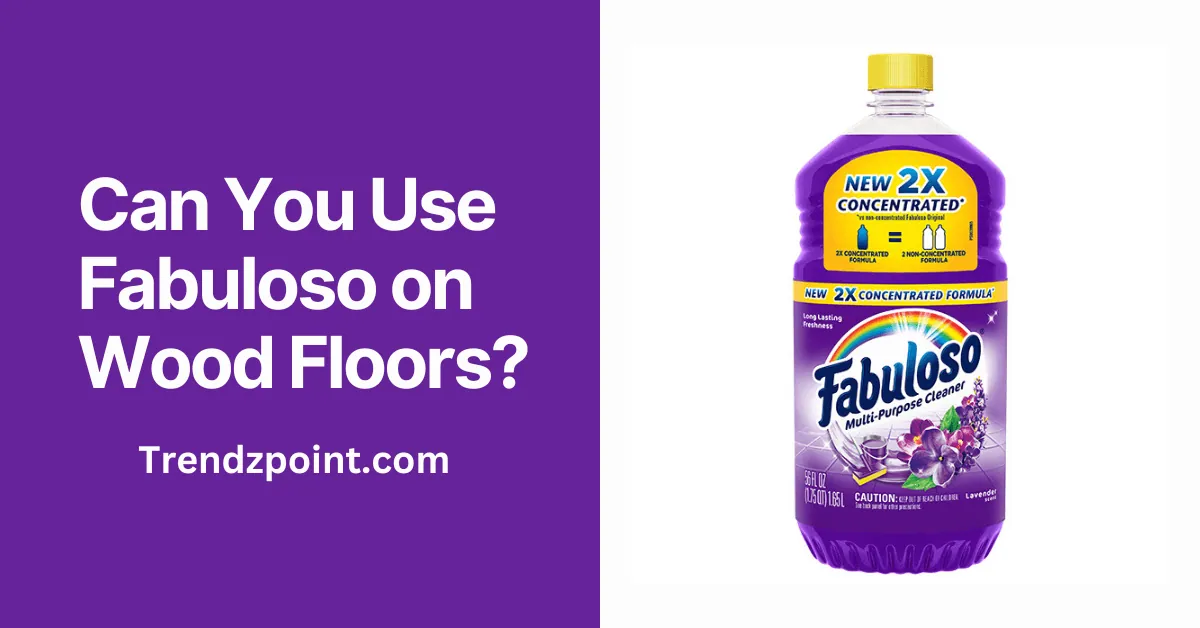
Tile is a popular choice for showers due to its durability and water-resistant properties it is not necessarily the best option for wet areas like showers. In this article, we will discuss the pros and cons of tile over drywall, reasons to avoid them, alternatives, and tips to keep in mind to make it successful.
You Maybe Interested in: How to Create Budget and Plan for Home Renovation Project
Table Of Contents
What is Drywall?
Drywall, also known as gypsum board or plasterboard, is a type of wallboard made of calcium sulfate dihydrate and paper. It is commonly used for interior walls and ceilings in residential and commercial buildings. Drywall is easy to install and provides a smooth, consistent surface for paint or wallpaper.

What is the Difference Between Drywall and Plasterboard?
Drywall and plasterboard are often used interchangeably, but they are actually little different materials. Drywall is made of calcium sulfate dihydrate and paper, while plasterboard is made of gypsum and plaster.
Both materials are used for walls and ceilings, but drywall is more common in modern construction due to its ease of installation and versatility. Drywall is typically installed in panels and joined together using drywall tape and compound, while plasterboard is typically applied in layers using wet plaster.
Can I Tile Over Drywall?
You can tile over drywall in all areas except in the areas exposed to excessive moisture. The drywall is not water resistant as they are made of gypsum and paper. They absorb moisture and got damaged over time.
Why Drywall Is Not Suitable for a Shower?
Drywall is not designed to withstand water, and it can become damaged when it is exposed to water.
In a shower, the drywall will be regularly exposed to water from the showerhead and steam from the hot water. The water can seep into the drywall and cause it to break down over time. The paper facing on the drywall can also become discolored and peel off, which can make the shower look unsightly.
Moreover, mold will grow under tiles because they like moisture and dark environment. Insects will also flourish under the tiles and affect other areas of your house too.
Can You Tile Over Drywall Above a Shower?
Yes, it is possible to tile over drywall above a shower, but it is not still the best choice. it is not designed to be used as a substrate for tiles and may not deliver a stable enough foundation for the tiles.
If you do decide to tile over drywall above a shower, it is important to prepare the surface properly. The drywall should be in good condition, without any cracks or holes, and should be securely attached to the wall. It should also be primed with a bonding agent before the tiles are installed.
Signs of Drywall in the Shower
While there is no hard and fast rule to know there is drywall behind the tiles without removing the tile or you have constructed it yourself. You may look for some signs like pushing the tile may give way. You may notice mold and black stains.
It is a good idea to hire a professional who may look and give you advice for renovation.
Can You Tile Over Painted Drywall in a Shower?
Generally, it is not recommended to tile over painted drywall especially when it is semi or high-gloss finishing. The adhesion will not be strong and tiles will fall off after some time. Removing the paint and then placing the tiles may be a little overwhelming but it will save you money in the long run.
Water-Resistant Materials for Showers
Instead of using drywall, it is a better idea to use a water-resistant material, such as cement board or green board, as a base for the tiles. These materials are specifically designed to be used in wet areas and will not be damaged by the moisture in the shower.
The cement board is made of cement and reinforced with fibers. It is strong, durable, and water-resistant, making it an excellent choice for use in showers. It is also easy to cut and install, making it a popular choice for DIY projects.
Greenboard is another option for a shower wall. It is made of gypsum like drywall, but it has a special water-resistant coating on the surface. This coating helps to protect the green board from moisture and makes it suitable for use in wet areas.
Prepping Drywall for Shower Tile
Although I advise against it but if you have decided anyway, follow these tips to get better results.
Choosing the right tiles
When selecting tiles for your shower, it is important to choose ones that are suitable for wet environments. Ceramic tiles and porcelain tiles are both good options, as they are resistant to water and can withstand the heat of the shower. It is also a good idea to choose tiles that have a high coefficient of friction, as this will help prevent slips and falls in the shower.
Preparing the surface
Before you start tiling, you need to make sure that the surface you will be tiling over is in good condition. If the drywall is damaged or has any holes, you will need to repair these areas before moving on. Once the drywall is repaired, you will need to prime it with paint or adhesive specifically designed for use on drywall. This will help the tiles adhere better to the surface.

Applying the adhesive
Once you have chosen your tiles and marked out the area, you can start applying the adhesive. You will need to use a trowel to spread the adhesive evenly across the drywall surface. Make sure to apply enough adhesive to cover the entire area, but not so much that it is dripping off the surface.

Installing the tiles
Once the adhesive is applied, you can start installing the tiles. You will need to use a rubber mallet and a level to make sure that the tiles are level and evenly spaced. If you are using a patterned tile, you will need to be careful to align the tiles correctly to achieve the desired pattern.

Grouting the tiles
After the tiles are installed, you will need to grout the seams between the tiles. You will need to mix the grout according to the manufacturer’s instructions and apply it to the seams with a grout float. Once the grout is applied, you will need to use a sponge to wipe off any excess grout and smooth the surface.

Sealing the tiles
Once the grout has had a chance to dry, you will need to seal the tiles to protect them from water damage. You can use a sealant specifically designed for use on tiles, or you can use a silicone sealant. You will need to apply the sealant according to the manufacturer’s instructions and allow it to dry completely before using the shower.
Final Words
In the end, I would say that while it is technically possible to tile over drywall in a shower, it is not a good idea. Drywall is not water-resistant and will eventually become damaged when exposed to moisture in a shower. Instead, it is a better idea to use a water-resistant material, such as cement board or green board, as a base for the tiles. These materials are specifically designed to be used in wet areas and will not be damaged by the moisture in the shower. But it is your choice after all.

![[Ultimate Guide] Can You Tile Over Drywall In A Shower](https://trendzpoint.com/wp-content/uploads/thumbs_dir/How-to-Organize-a-Cluttered-Closet-1-1-qbyp18okigwrmo2emwf04n5ufc3dnxuujqxm3gerss.webp)
![[Ultimate Guide] Can You Tile Over Drywall In A Shower](https://trendzpoint.com/wp-content/uploads/thumbs_dir/How-To-Run-Ethernet-Cable-Through-Walls-qbyp18okigwrmo2emwf04n5ufc3dnxuujqxm3gerss.webp)



